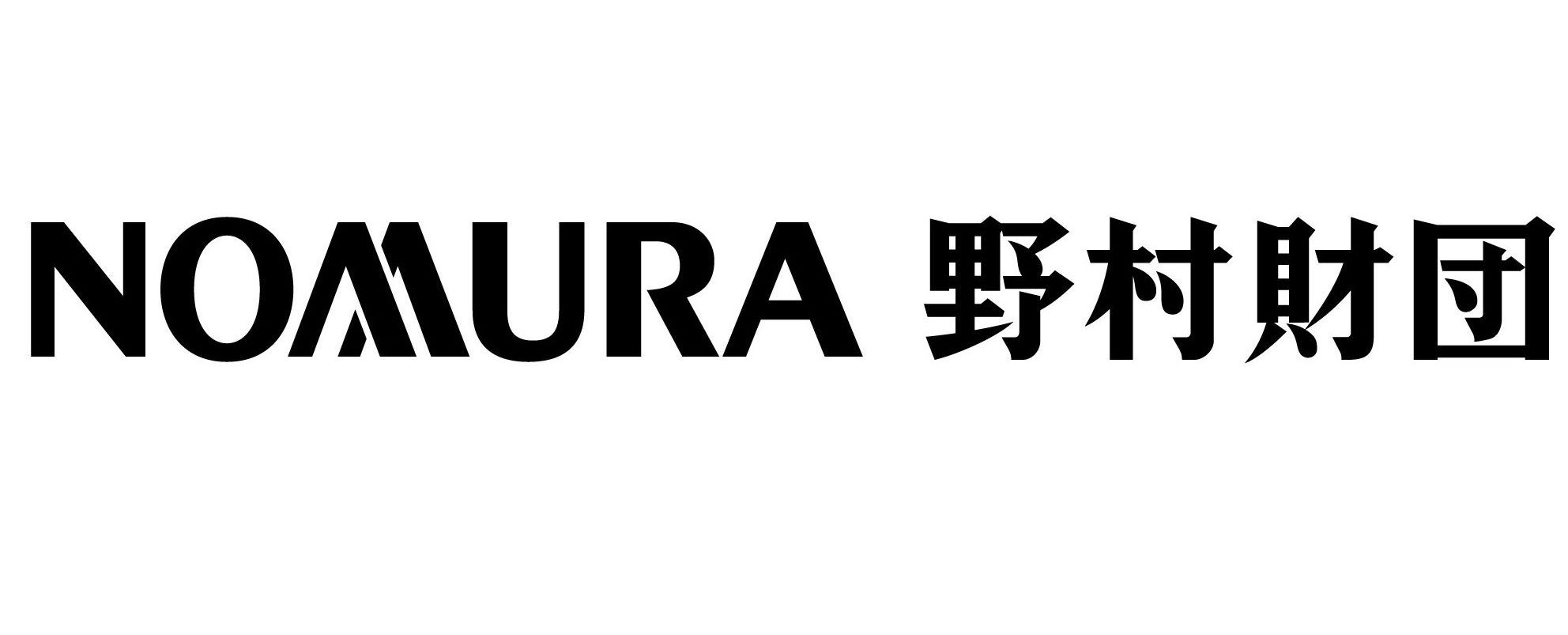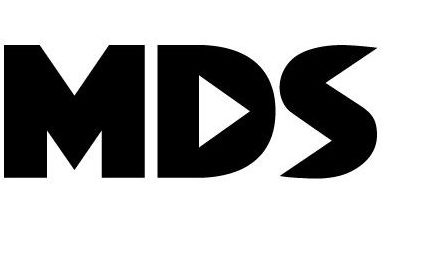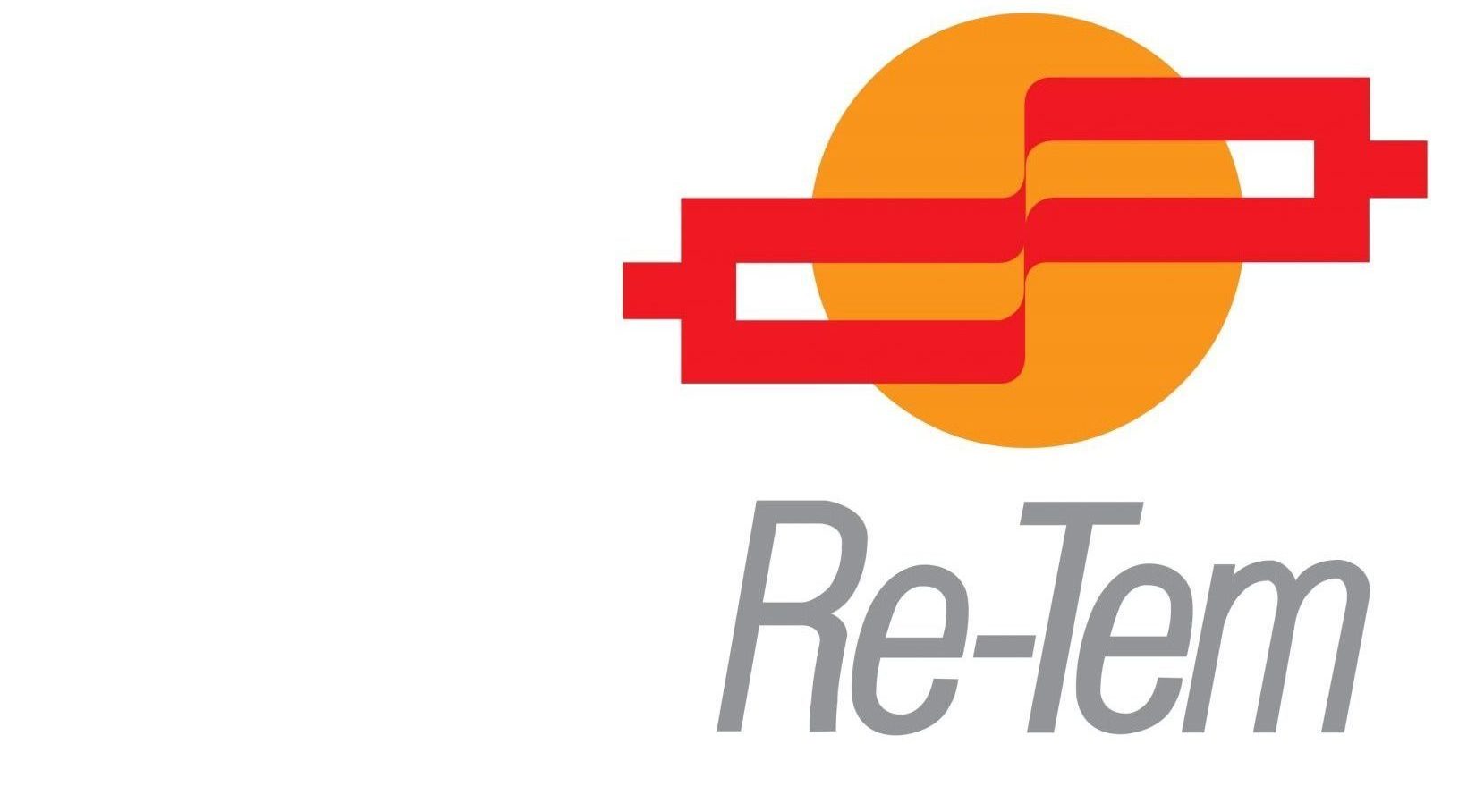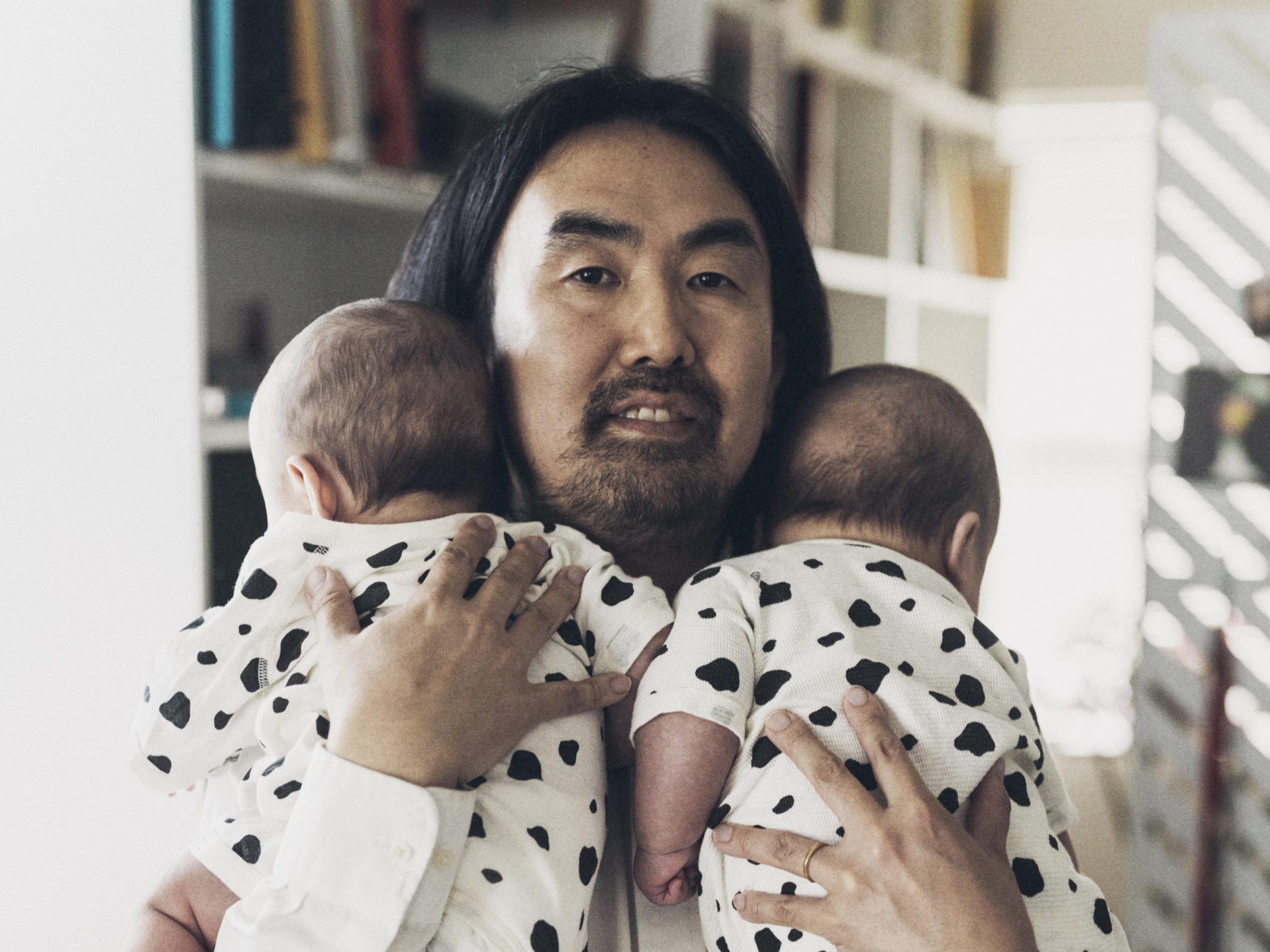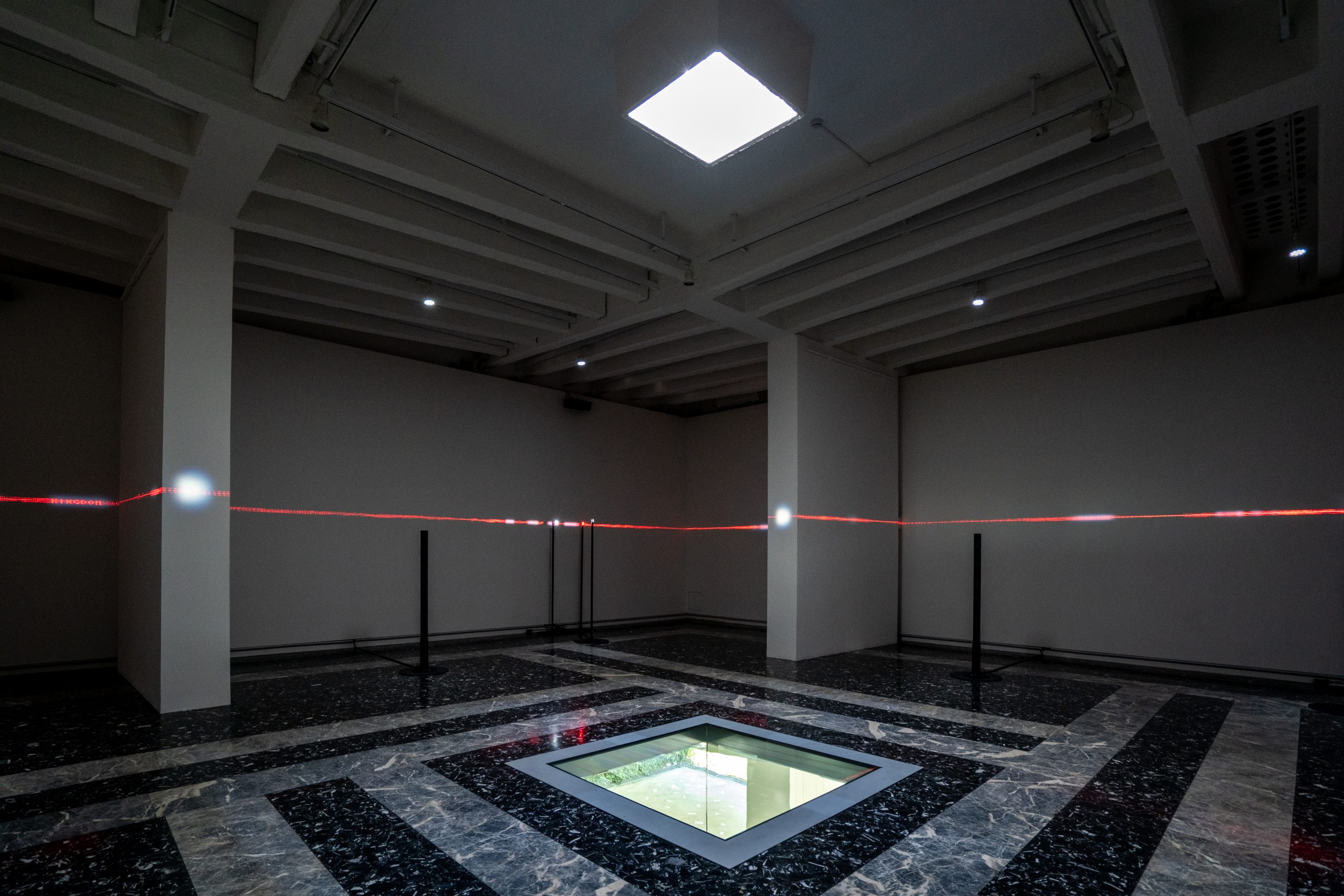Yuko Mohri’s practice is characterized by the transformative nature of ordinary objects and common situations. Her installation Moré Moré (Leaky) is originally inspired by various ad hoc efforts (bricolage) seen in Tokyo subway stations to stop water leaks. The service staff often use everyday items such as plastic bottles, buckets, and hoses to cope with the small “crises,” widespread in the city with frequent tectonic activities. Mohri artificially creates leaks and then attempts to fix them in this work, improvising with a variety of common household goods she found at antique furniture stores and flea markets in the vicinity of the Biennale site. Water is diverted into a number of small passages and circulated by pumps, changing leaks to contained liquids that builds a large kinetic sculpture. The work embraces the open ceiling, the distinctive feature of the Japan Pavilion’s architecture, allowing raindrops to enter the space when it rains. We are reminded of the increasing floods in this precarious time of climate emergency, especially in the context of Venice, a city constantly threatened by floods.
Extending from the gallery to the pilotis is Decomposition, a multi-part installation that generates drone sounds and flickering lights from the electrodes inserted into fruits that convert their ever-changing moisture into electric signals. Sourced from the local grocers and farmers, the fruits’ internal states shift constantly, modulating the pitch of the drone and the intensity of the lights. As they ripen and wither, they start giving off the sweet smell of decay and are eventually gathered in the compost in the pilotis to serve as a source of other plant lives in the Giardini.
Rather than transporting complete artworks from Tokyo to Venice, Mohri turned a whole pavilion space into her own studio for a few months, gathering most materials from the local shops and markets. “Compose” therefore showcases a rare, site-specific presentation that reflects the people of Venice and their everyday lives.
With a title that etymologically signifies “to place together (com+pose)”, the exhibition asks what it means for people to be and work together in a world challenged by division, conflicts, and multiple global crises. Mohri observes how crises bring out the greatest creativity in people – this is the primary idea behind Mohri’s project, initially inspired by the Tokyo subway personnel’s resourceful measures against water leaks. The water leaks are never fully fixed, and the fruits end up in the compost to rot in Mohri’s installation, but these apparently futile endeavors indicate a glimpse of the hope that our humble creativity might bring about.
Sook-Kyung Lee
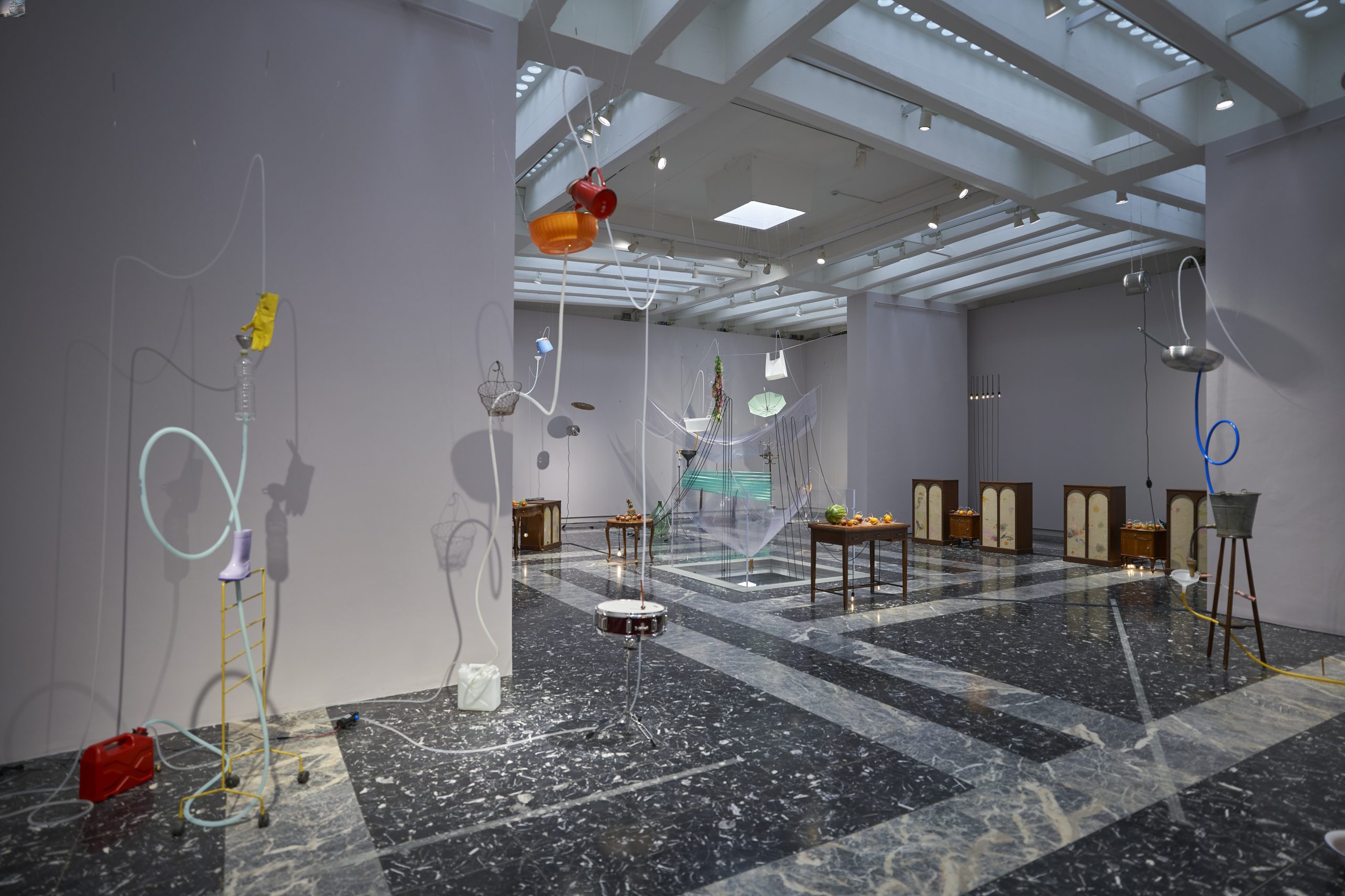
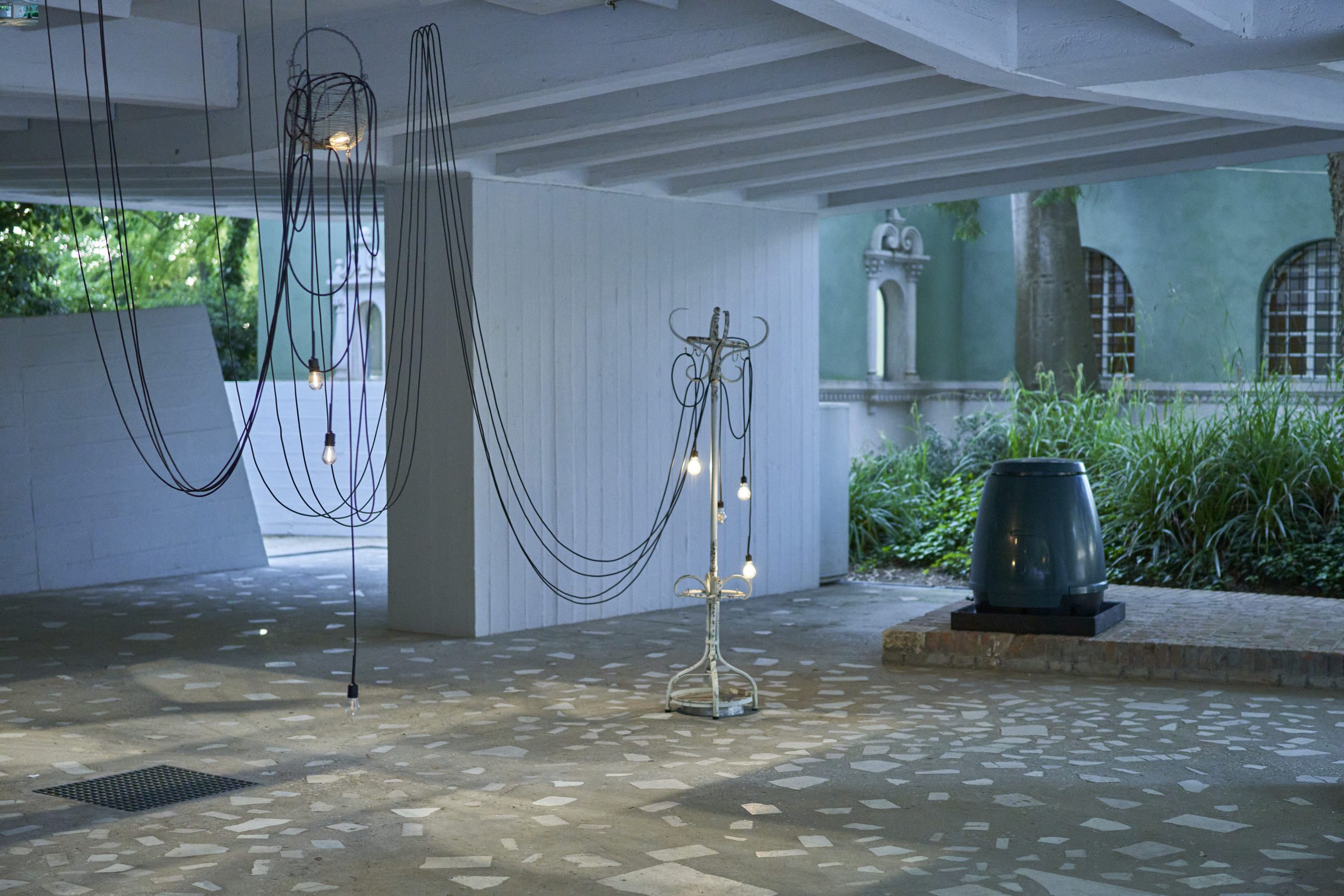

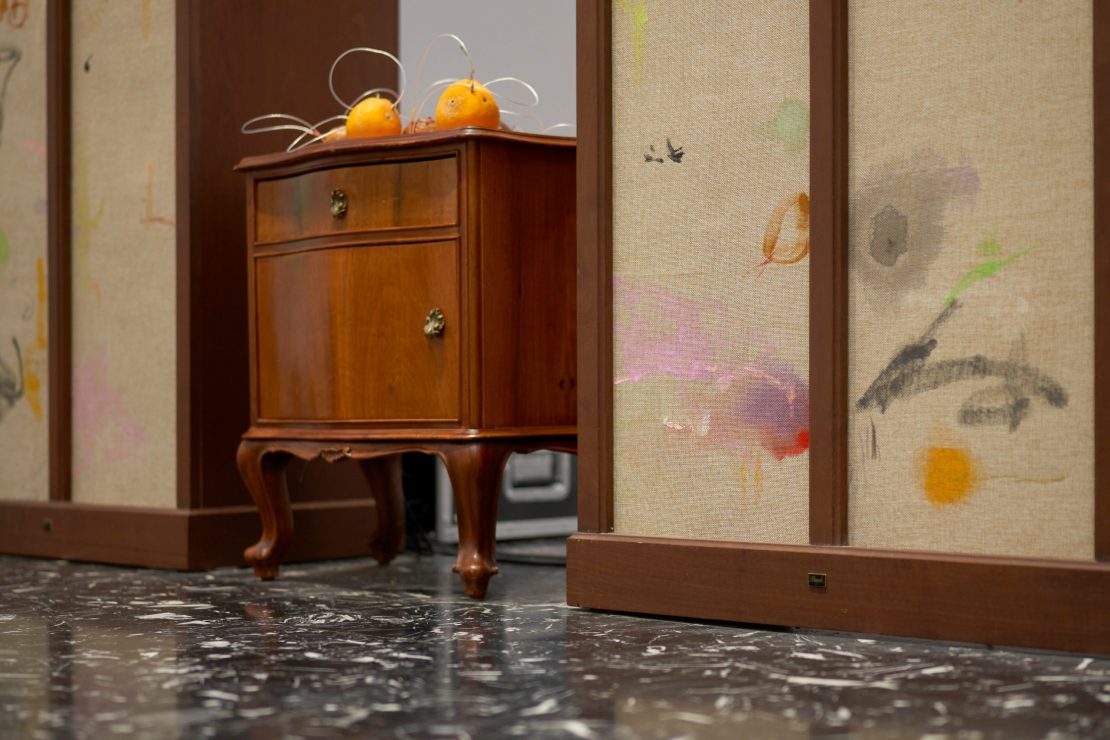
The Japan Pavilion
- Dates
- 2024/04/20[Sat] 〜 11/24[Sun]
- Theme
- Compose
- Artist
- Yuko Mohri
- Curator
- Sook-Kyung Lee
- Organizer
- The Japan Foundation
- With Special Support of
- Ishibashi Foundation
-
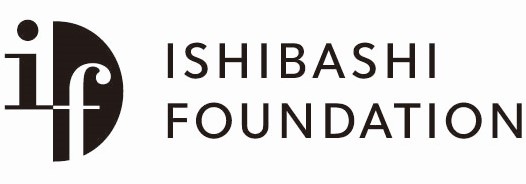
- With the Support of
- Takeo Obayashi | Hiroyuki Maki, Buffalo Inc. | Yukiko Ito | Lin (Eric) Huang | RongChuan Chen, RC Foundation | Jenny Yeh, Winsing Arts Foundation | Hideaki Fukutake, Minamigata Holdings Ltd. | Taku Hoshina, ARFLEX JAPAN LTD. | Yoshiko Mori | Obayashi Foundation | Izumi Ogino | regist ART Inc. | Masami Shiraishi | Tetsuaki Kobata | Haruo Nakamura | Nomura Foundation | Toshiaki Ogasawara Memorial Foundation | Miwa Taguchi | Chizuko Yashiro | Yoshihisa Kawamura | Yui Matsushima | Tatsuo Fujiwara, Fumiko Suzuki | Kyoko Hattori | Jun Hori | Fumio Nanjo | Yuko Tadano | Eri Takane | Kankuro Ueshima
- In Cooperation With
- Miyake Design Studio | Re-tem Corporation
60th International Art Exhibition
La Biennale di Venezia
- Theme
- Foreigners Everywhere
- Curator
- Adriano Pedrosa
- Dates
- April 20 - November 24, 2024



